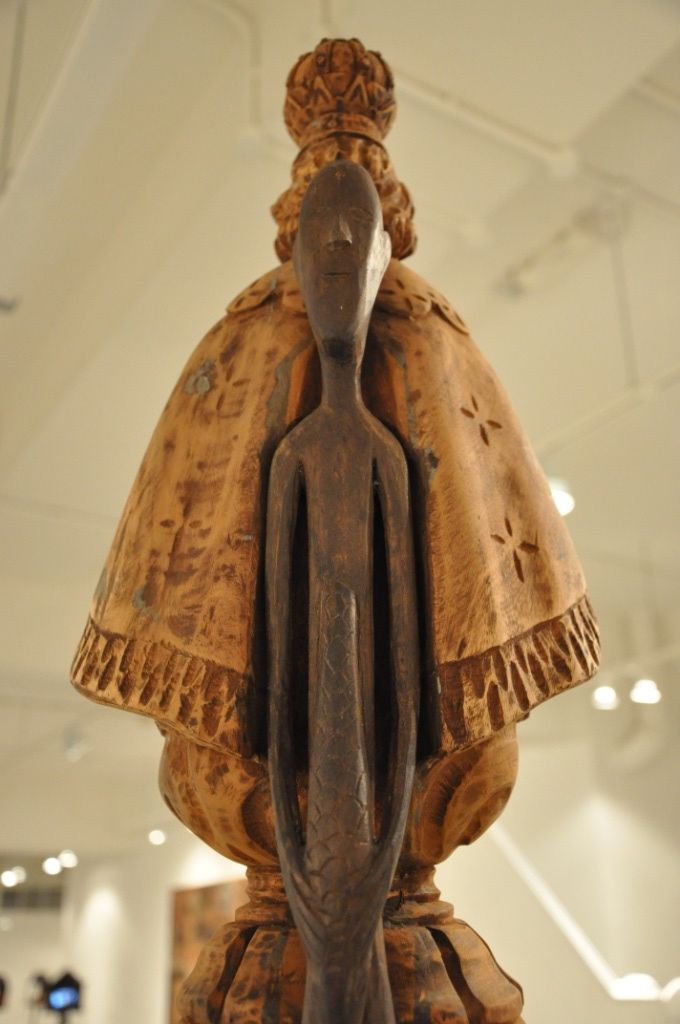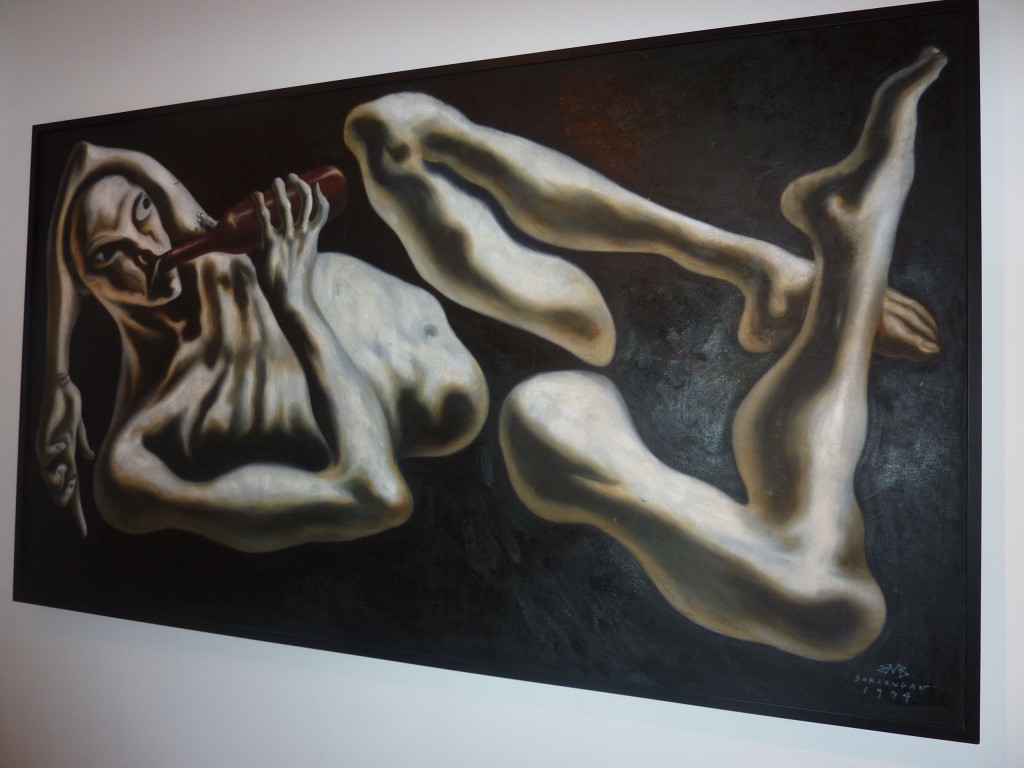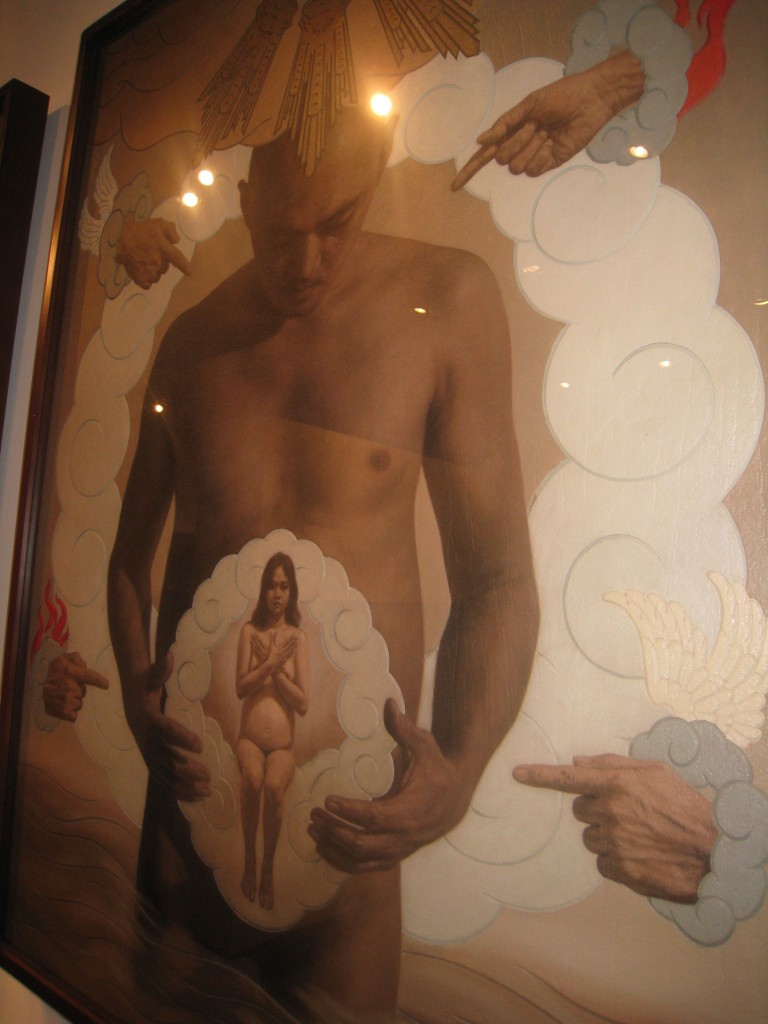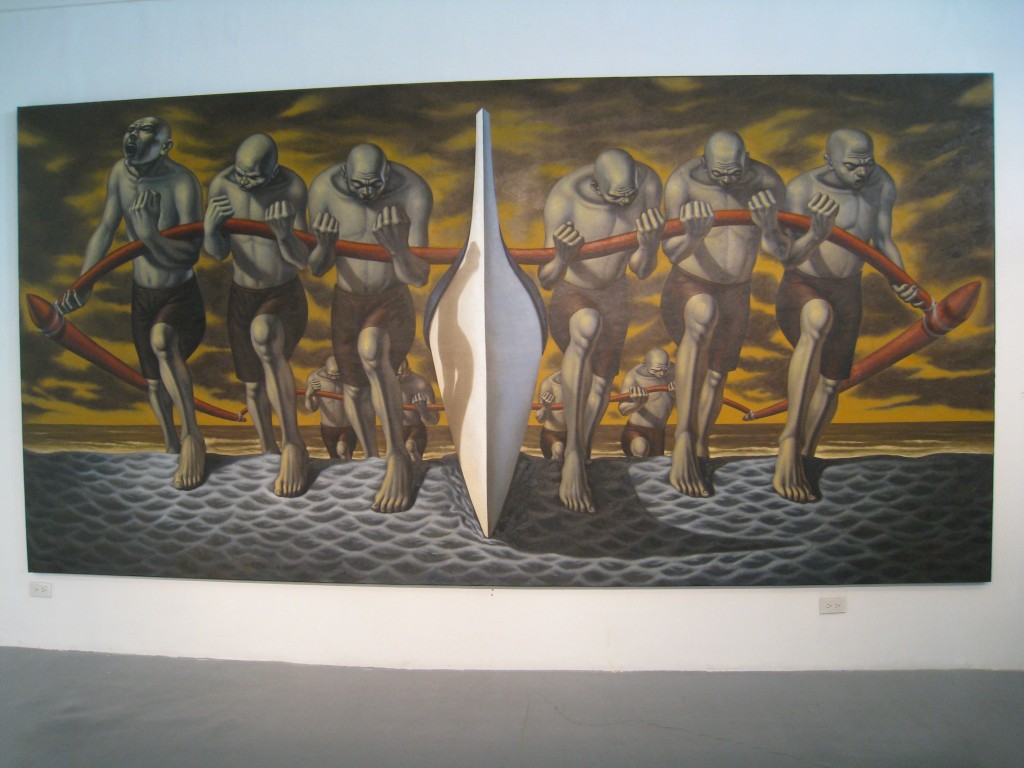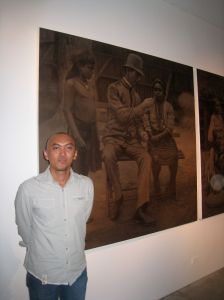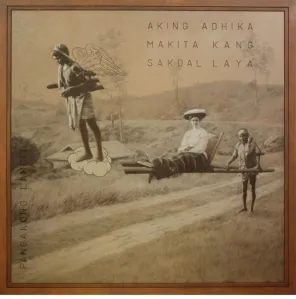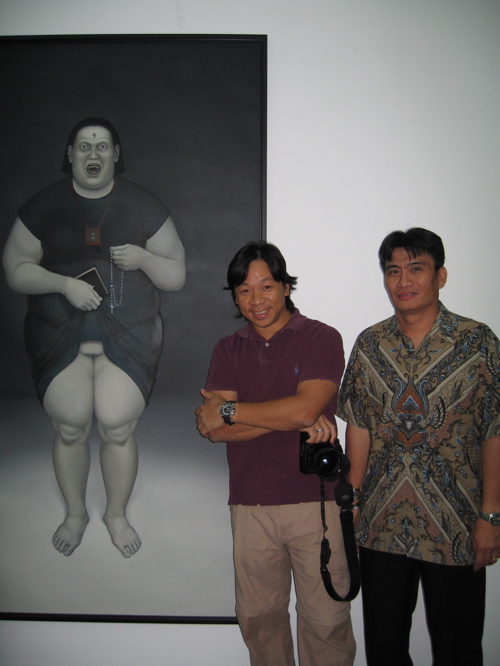Not even the threat of getting blown up could keep them away.
Eight million people joined this year’s procession of the Black Nazarene, a horde of devotees that packed the five-kilometer stretch from Luneta to Quiapo. The January 9 feast commemorates the Translacion, the transfer during the late 18th century of the 17th century icon to the shrine that now bears its name, more popularly known as Quiapo Church. Continue reading

